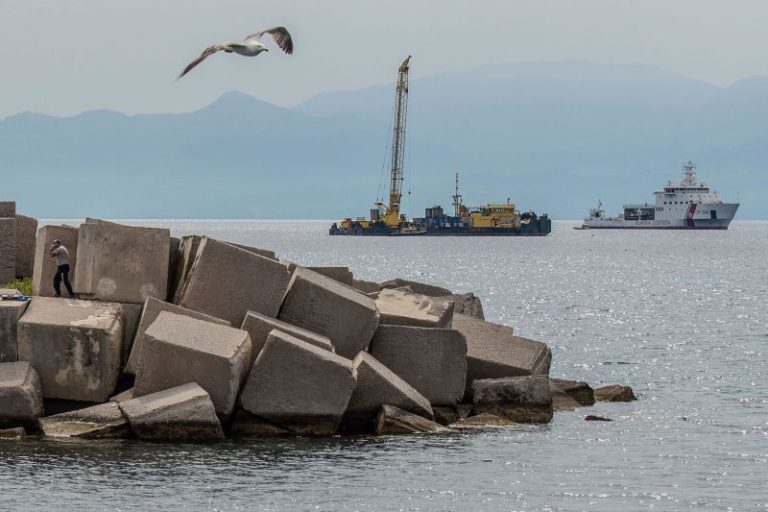Ukrainian drones attacked Moscow for the second consecutive night as the Russian capital prepares to host a major annual military parade expected to be attended by world leaders including China’s Xi Jinping.
Moscow Mayor Sergey Sobyanin said in a Telegram post Tuesday that at least 19 Ukrainian drones were destroyed on their approach to the capital overnight, one night after Russian air defenses shot down four drones near the city.
There were no immediate reports of serious damage or casualties following the overnight drone attack on Moscow, but debris from downed drones fell on a major highway, according to the city’s mayor on Tuesday. Flights were also suspended as a safety precaution at four of the capital’s airports, according to Russian aviation authorities.
The latest Ukrainian attack on Moscow comes ahead of Xi’s expected arrival in the Russian capital on Wednesday for a three-day state visit, in which the Chinese leader will take part in Friday’s May 9 Victory Day celebrations, according to a Kremlin statement Sunday.
Brazil’s President Luiz Inacio Lula da Silva, Vietnam’s President To Lam and Belarussian leader Aleksandr Lukashenko are among other leaders expected to attend.
Victory Day is the most significant day in Russian President Vladimir Putin’s calendar, as he has long used it to rally public support and demonstrate the country’s military prowess.
Thousands of people are expected to line the streets of Moscow’s Red Square on Friday in an exhibition of patriotism marking the Soviet Union’s role in defeating Nazi Germany and commemorating the more than 25 million Soviet soldiers and civilians who died during World War II.
Putin last month declared a unilateral three-day ceasefire in Ukraine to coincide with the May 9 celebrations based on what he called “humanitarian considerations.”
The Russian leader’s announcement was met with skepticism in Ukraine and renewed urging from the White House for a “permanent ceasefire” as the Trump administration ramps up pressure on Moscow and Kyiv to agree to a deal to end the war.
Ukrainian President Volodymyr Zelensky criticized the three-day ceasefire, saying he was only ready to sign up for a longer truce of at least 30 days.
And in a message to dignitaries traveling to Russia for the Victory Day celebrations, the Ukrainian leader warned that Kyiv “cannot be responsible for what happens on the territory of the Russian Federation,” due to the ongoing conflict.
Kyiv won’t be “playing games to create a pleasant atmosphere to allow for Putin’s exit from isolation on 9 May,” Zelensky said in his nightly address on Saturday.
In response, Russia’s foreign ministry said his comments amounted to a threat.
Zelensky has demanded answers from China in recent weeks, after he revealed that two Chinese fighters had been captured by Ukraine in early April and claimed there were “many more” in Russia’s ranks.
Beijing denied any involvement and repeated previous calls for Chinese citizens to “refrain from participating in military actions of any party.”
Kyiv has increasingly turned to drones to level the playing field with Russia, which boasts superior manpower and resources. On Saturday, Ukraine claimed it shot down a Russian Su-30 fighter jet in the Black Sea using a seaborne drone for the first time.










